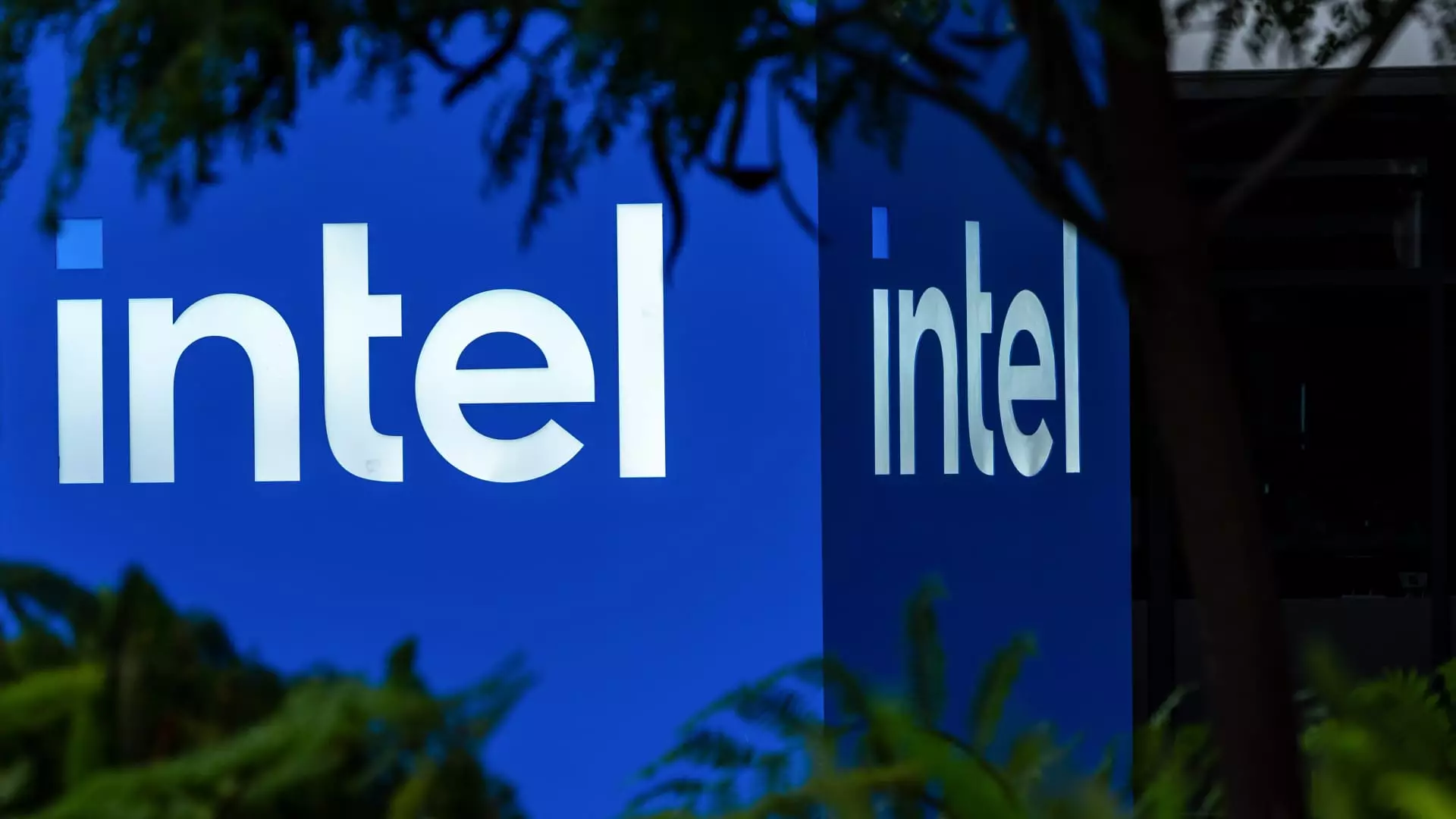Recent Federal Reserve decisions have undoubtedly fueled investor optimism, with the central bank slashing interest rates for the first time this year and signaling potential further reductions through 2026. This aggressive monetary easing has propelled the stock market to new heights, igniting a bullish frenzy among traders eager to capitalize on easy money. While such policies are designed to stimulate economic growth, they also risk inflating asset bubbles, especially when markets move higher on speculation rather than fundamentals. The recent record-breaking runs in indices like the S&P 500 may seem encouraging, but they obscure equally troubling signs of overextension in individual stocks.
Tech Stocks on Overdrive: A Spearhead of Overbought Conditions
Among the most conspicuous beneficiaries of this bullish surge are technology giants and semiconductor innovators. Intel’s astonishing 23% rise in just a week exemplifies how extraordinary the current momentum has become. The catalyst was a hefty $5 billion collaboration with Nvidia, linking their AI platforms—a move that promised future growth but also triggered a swift overbought rally. Yet, the technical indicators tell a more cautious story. Stocks like Intel, Lam Research, Palo Alto Networks, and Seagate are operating at relative strength indices approaching or exceeding 80, signaling extreme overbought conditions. An RSI above 70 often acts as a warning flag, indicating the stock may be ripe for a correction, as investors have likely overcommitted based on short-term exuberance rather than sustainable value.
Almost Parabolic, and Dangerously Fragile
This rapid appreciation in tech stocks raises a vital question: are these valuations justified? History shows us that such parabolic price movements rarely end well. When shares reach these inflated levels, they become highly vulnerable to sudden declines, fueled by profit-taking, shifts in investor sentiment, or broader economic changes. Citi’s adjustment of Intel’s price target—raising expectations initially but then downgrading its rating—illustrates the dissonance that often accompanies overbought conditions. The market’s relentless push higher may temporarily mask underlying vulnerabilities, but it significantly elevates the risk of a sharp correction if investor confidence wanes or external shocks occur.
Implications for the Broader Market and Investors
An over-enthusiastic rally driven by speculative buying can undermine long-term market stability. For conservative investors and those who understand the inherent risks, it’s imperative to avoid being swept into the euphoria. Recognizing overstretched stocks—signaled by extreme RSIs—is a critical skill, especially when market fundamentals don’t justify such lofty valuations. While some may argue that strategic growth and technological innovation justify high prices, ignoring technical warning signs often proves costly. The current environment calls for vigilance, disciplined rebalancing, and skepticism toward narratives that suggest endless growth without repercussions.
The recent market surge is a stark reminder that exuberance and greed can distort rational investing. Central banking policies aim to support economic activity, but they often inadvertently set the stage for overbought markets susceptible to correction. As investors, acknowledging these risks and adopting a cautious stance can be the difference between riding a sustainable wave and getting caught in a costly downturn. The higher stocks climb in such conditions, the harder they tend to fall when reality finally catches up.

